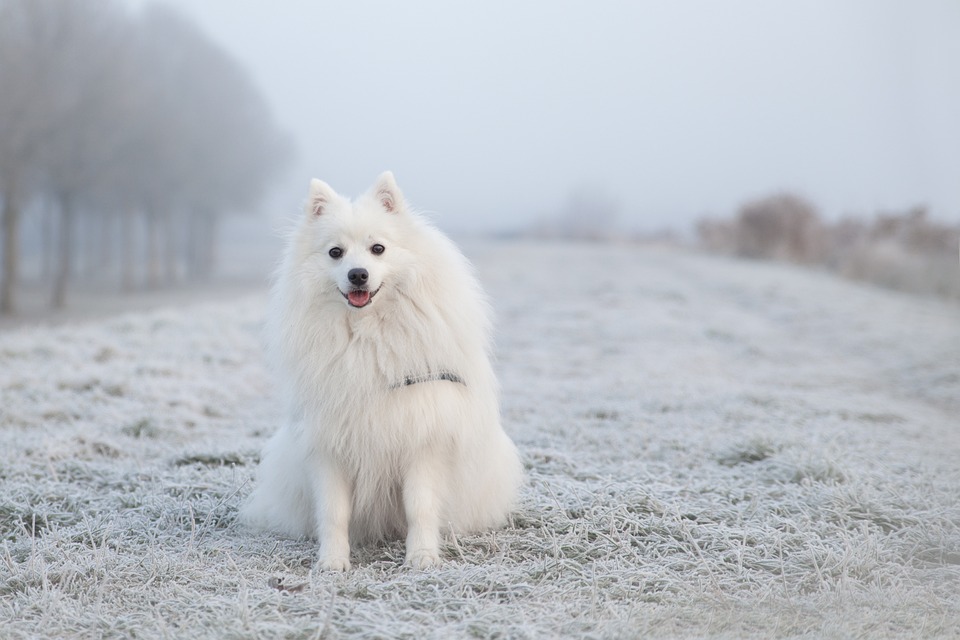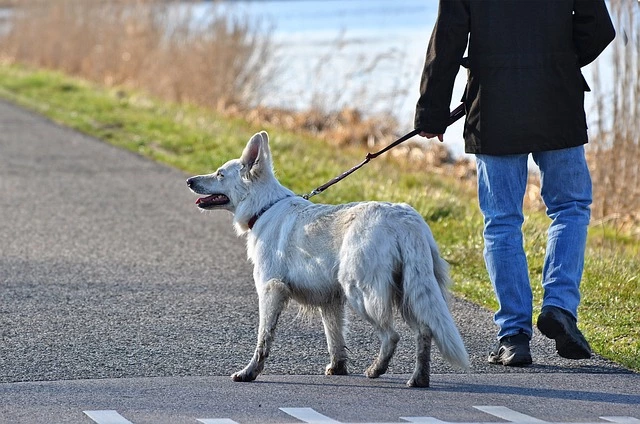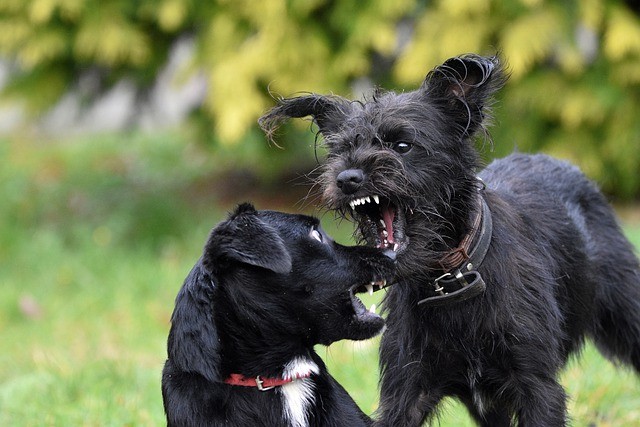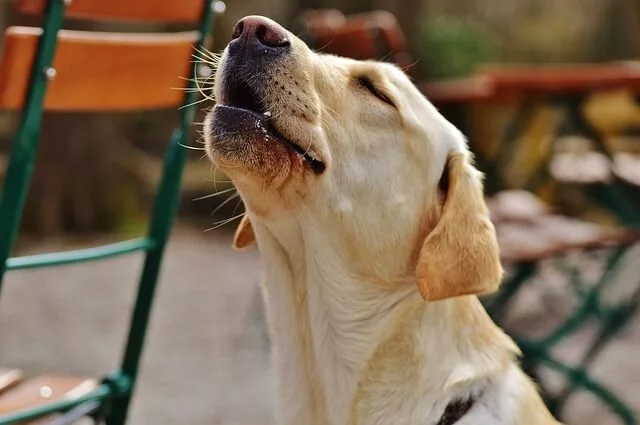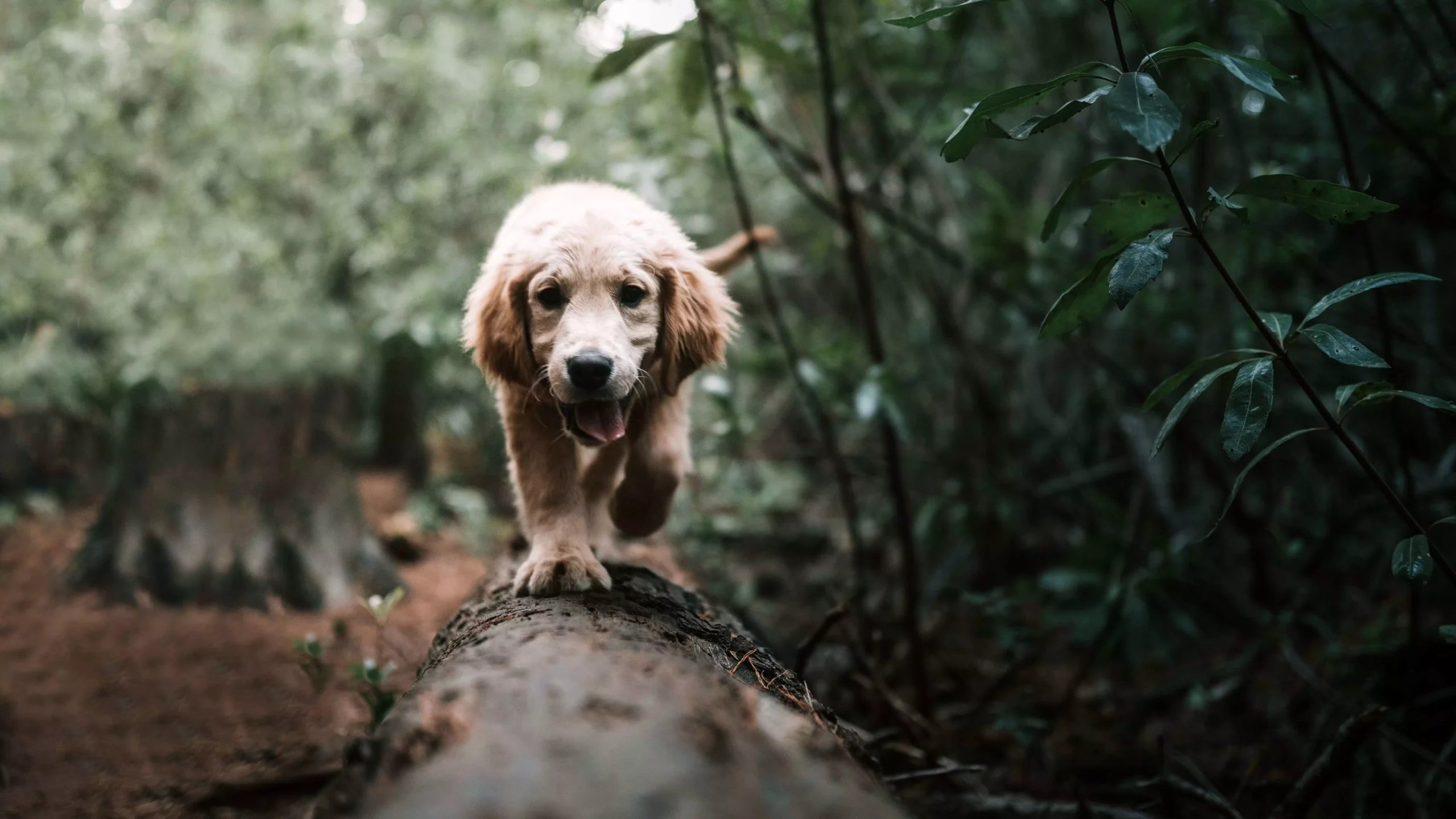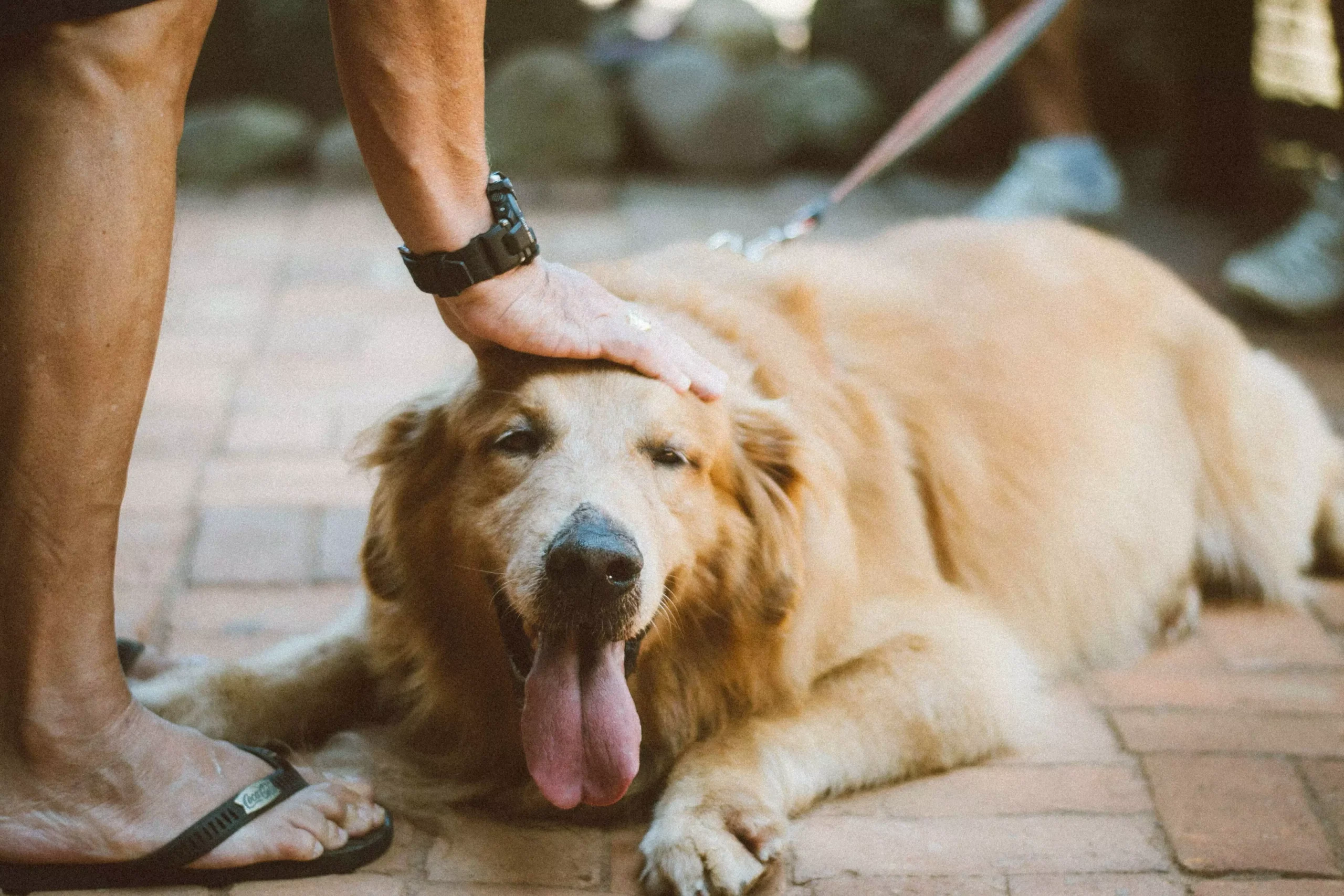Resource guarding is a common behavior exhibited by dogs, but it can be a source of concern for pet owners. This behavior refers to a dog’s tendency to protect certain items or spaces, such as food, toys, or even their owners. While resource guarding can be challenging to deal with, understanding its causes and implementing prevention strategies can help create a harmonious environment for both you and your furry friend. In this article, we will explore the various aspects of resource guarding and provide valuable insights into its management.
Resource guarding is a natural instinct in dogs that stems from their survival instincts. It involves the dog displaying aggressive or possessive behaviors when they perceive a threat to their possessions or personal space. These resources can include food, toys, bones, beds, and even people.
Resource guarding behavior can have several underlying causes. Understanding these causes is crucial in managing and preventing this behavior. Dogs have an innate instinct to protect their resources, which can be traced back to their ancestors’ primitive survival needs. Dogs that have not been adequately socialized during their critical developmental stages may be more prone to resource guarding. They may feel insecure or threatened in situations involving competition for resources. Dogs that have experienced traumatic events, such as food scarcity or theft of resources, may develop resource guarding as a defensive mechanism. Dogs that suffer from fear or anxiety may exhibit resource guarding as a coping mechanism. They perceive potential threats and guard their possessions to maintain a sense of security.
Identifying resource guarding behavior is crucial in addressing the issue promptly. Dogs may growl or snap when someone approaches their resources or tries to take them away. Dogs displaying resource guarding behavior often exhibit stiff body language, with their ears back, tail up, and a tense posture. They may stand over their resources, blocking access to them, or move away with their possessions to prevent others from reaching them. Resource guarding dogs may maintain intense eye contact with anyone near their resources as a warning sign.
Preventing and managing resource guarding behavior involves a combination of training, environmental management, and behavior modification techniques. Reward-based training methods can help create positive associations with people near valuable resources. Encourage your dog to willingly give up their possessions and reward them with treats or praise. Gradually desensitize your dog to potential triggers by associating them with positive experiences. Teach your dog the “leave it” and “drop it” commands, which will allow you to safely remove items from their possession when necessary. Teach your dog that giving up a resource results in receiving something even better. This will help build trust and reduce their need to guard.
While complete elimination of resource guarding may not always be possible, it can be effectively managed through training and behavior modification techniques. Punishment can escalate the situation and increase your dog’s anxiety. Instead, focus on positive reinforcement and reward-based training methods. If your dog’s resource guarding behavior poses a danger to you, other pets, or themselves, seeking assistance from a professional dog trainer or behaviorist is highly recommended. Resource guarding can sometimes be associated with underlying behavioral issues, such as fear aggression or anxiety. Consulting with a professional can help determine if there are any additional concerns to address.
Understanding resource guarding in dogs is crucial for maintaining a safe and harmonious relationship with your furry companion. By recognizing the causes, identifying the behavior, and implementing prevention strategies, you can effectively manage resource guarding and create a calm and secure environment for your beloved pet. Remember, patience, consistency, and positive reinforcement are key to overcoming this behavioral challenge.

